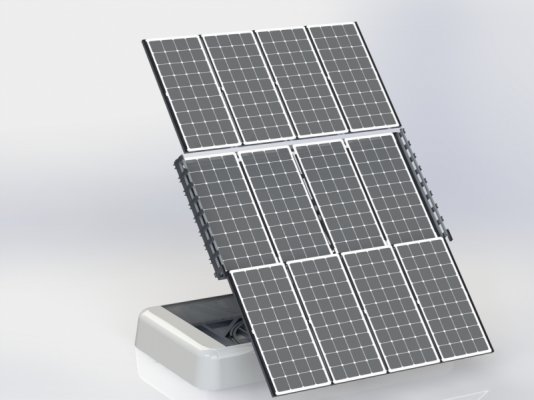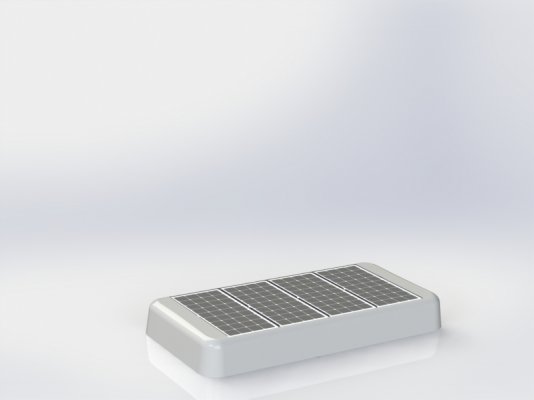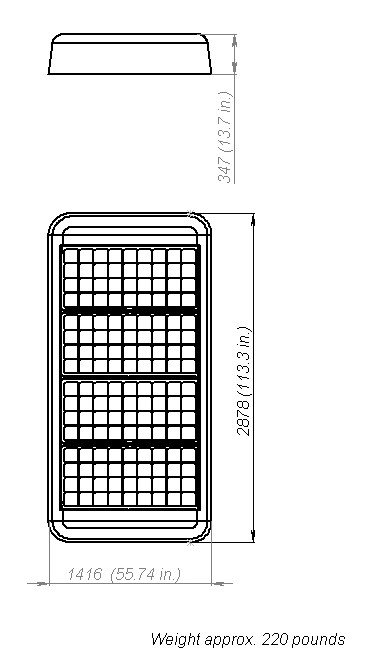I am developing a project of a mobile solar power plant with an active tracker for a van, which is supposed to be used for charging drones in field conditions, and looking for an area in which this development will also be useful. I want to ask people with experience in using a RV: will this device be useful to owners of campervans? Surely there are some nuances that experienced people may know about.
The device is mounted on the roof of a caravan or trailer. The solar panels are retracted while vehicle is moving, and can provide 400-800 Watts. Device is unfolding while on park, and perform active sun tracking, providing about 1-3.5 kW per hour (depending on the PV panels). Its weigh about 100 kg.
I will be glad to any of your ideas, thoughts and comments.
Kind regards, Alex.
The device is mounted on the roof of a caravan or trailer. The solar panels are retracted while vehicle is moving, and can provide 400-800 Watts. Device is unfolding while on park, and perform active sun tracking, providing about 1-3.5 kW per hour (depending on the PV panels). Its weigh about 100 kg.
I will be glad to any of your ideas, thoughts and comments.
Kind regards, Alex.



